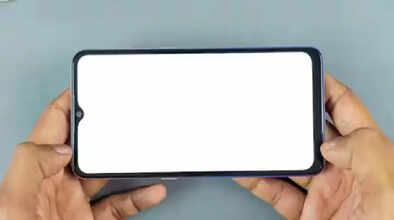LCD or AMOLED: Which display phone is best for your eyes? Learn the ins and outs

LCD vs. AMOLED: LCD and AMOLED are the two major display technologies in today's smartphone market. When purchasing a new phone, it's crucial to pay attention to its display quality.
LCD and AMOLED are the two major display technologies in today's smartphone market. When purchasing a new phone, it's crucial to pay attention to its display quality. Choosing a display that's less impactful on the eyes is crucial, especially for those who use their phones for extended periods of time. But the question is, which display is better for the eyes between LCD and AMOLED? Let's find out.
LCD, or Liquid Crystal Display, has long been used in smartphones and TVs. LCD displays use a backlight that illuminates the entire screen. This results in more natural and balanced colors.
Phones with this display don't put much strain on the eyes, especially when reading or watching videos for extended periods. The screen is visible well even in sunlight. The color balance is good, which is helpful for studying or office work. However, LCD displays don't have as deep blacks and slightly higher battery consumption than AMOLED.
In an AMOLED (Active Matrix Organic Light Emitting Diode) display, each pixel generates its own light, so it doesn't require a backlight. This means blacks appear deeper and the contrast is better.
Amoled's advantages include more vibrant and vivid colors. The screen's blacks and contrast are better, making for a smoother video and gaming experience. Battery consumption is lower, especially when using dark mode. However, AMOLED displays can cause eye fatigue for some people, especially if the screen brightness is too high. It is considered a bit stressful for long periods of study or office work.
If you use your phone for long periods of time, such as studying, office work, or browsing social media, an LCD display may be a slightly better option. This is because the brightness and color balance of LCD screens are less straining on the eyes.
However, if your focus is on video, gaming, and high-quality photos, and you prefer higher contrast and deeper blacks, an AMOLED display is a good choice. Just be sure to control the brightness and avoid staring at the screen for long periods of time.

